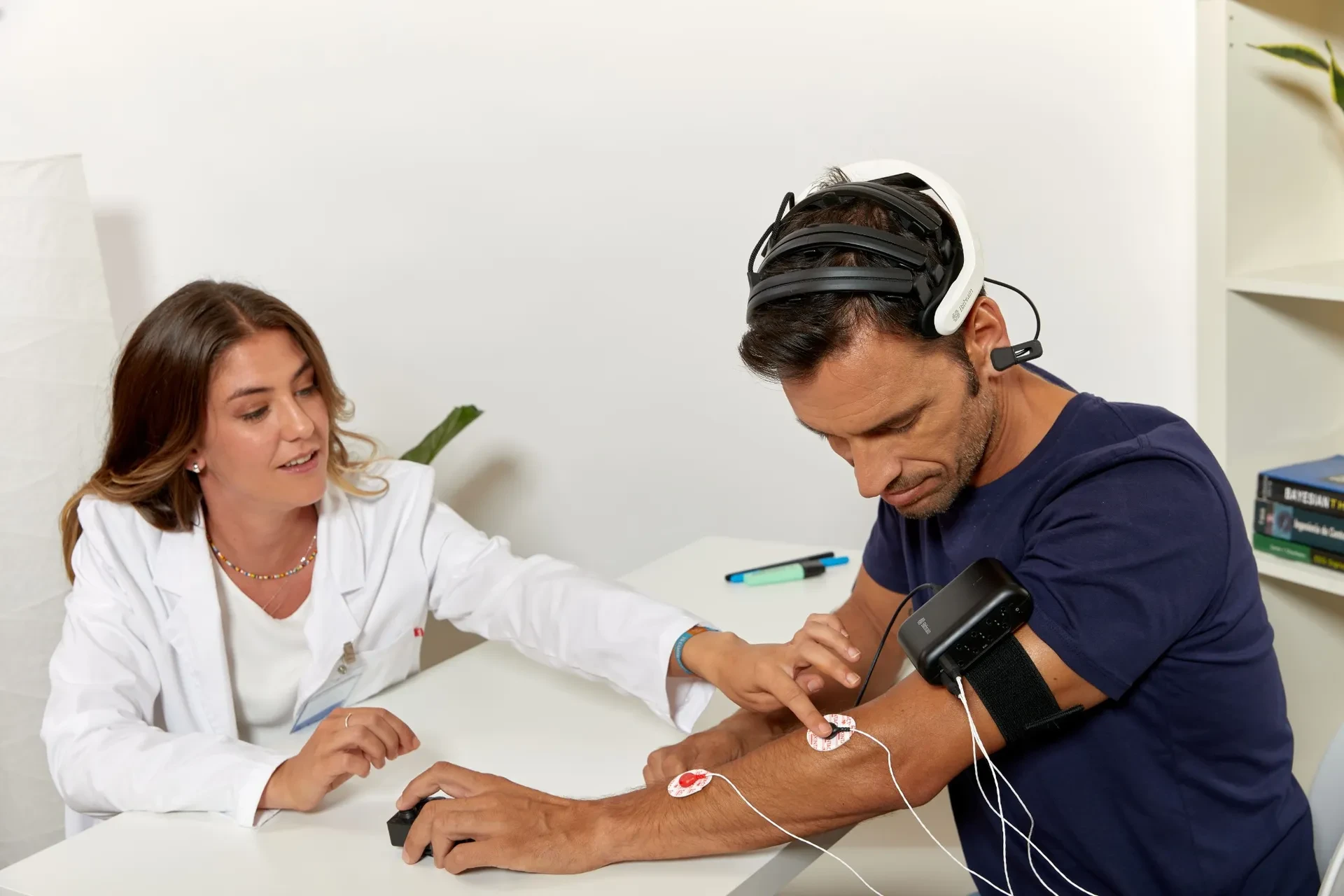How EEG is Changing Driver Fatigue Detection in Real Time
Fatigue is a critical yet often overlooked threat to transportation safety, affecting millions of drivers and pilots worldwide. The National Highway Traffic Safety Administration (NHTSA, 2025) reports that fatigue contributes to over 100,000 vehicle crashes annually in the United States, leading to more than 1,550 fatalities. According to the National Sleep Foundation (NSF, 2024), approximately 62% of U.S. drivers—equivalent to nearly 150 million individuals—have driven while severely drowsy, significantly increasing the risk of fatal accidents. In aviation, pilot fatigue is identified by the Federal Aviation Administration (FAA, 2025) as a contributing factor to numerous incidents, especially during extended duty periods or nighttime operations. A survey by the German Road Safety Council (Deutscher Verkehrssicherheitsrat, 2016) found that 26% of drivers admitted to having fallen asleep at the wheel at least once.
Meanwhile, the rise of automated driving systems, including semi-autonomous and Level 5 autonomous vehicles, raises questions about their potential to mitigate fatigue-related risk. While these systems may not tire like humans, their ability to recognize and respond to passenger or driver drowsiness remains limited.
But, what if we could detect fatigue before it becomes dangerous? Neuroscience and artificial intelligence (AI) advances make this proactive approach a reality.

EEG and the Science of Fatigue Detection
Electroencephalography (EEG) is a direct, noninvasive method for measuring the brain's electrical activity. Commonly used in clinical settings to monitor sleep stages, epilepsy, and cognitive workload, EEGs' real-time monitoring capabilities make them ideal tools for continuous fatigue detection in transportation safety.
Mental fatigue is consistently associated with significant increases in theta and alpha wave activity, particularly in the frontal, central, and posterior brain regions. These findings highlight the potential of elevated theta activity as a robust biomarker for mental fatigue, with increased alpha activity serving as a secondary indicator to account for individual variability. While noted, beta activity changes are less pronounced (Tran, 2020).
Fatigue detection accuracy rates as high as 98.5% have been achieved using EEG data alone (Liu, 2023). In addition, combining EEG with electromyography (EMG) has shown to enhance fatigue detection further, particularly in dynamic environments (Wang, 2015). The integration of dry electrode systems and wireless technologies has facilitated the deployment of EEG in everyday settings, from truck cabins to aircraft cockpits.

Beyond fatigue detection, EEG can track shifts between alertness and microsleep episodes—short, involuntary attention lapses lasting from a fraction of a second to several seconds. These episodes are particularly dangerous in high-speed environments such as highway driving or aircraft descent phases. Real-time detection of these shifts can trigger alerts, initiate safety protocols, or even transfer control to automated systems.
Deep Learning in EEG Systems for Fatigue and Discomfort Monitoring
A recent study introduced a deep learning model that detects ride discomfort using EEG signals (Tang, 2024). The model combines Long Short-Term Memory (LSTM) networks with multi-head self-attention mechanisms, allowing the system to capture both temporal dynamics and contextual relevance of neural activity. This architecture significantly improves the classification of subjective states, such as comfort and discomfort.
EEG data were collected from passengers during real-world autonomous vehicle rides to train and validate the model. The system achieved high classification accuracy, demonstrating the feasibility of EEG-based methods to detect subtle fluctuations in cognitive and emotional states associated with vehicle motion.
A key feature of the model is its self-attention component, which assigns adaptive importance to different time segments within the EEG signal. This feature allows the system to detect moment-to-moment changes in cognitive load and refine ride quality in real time by adjusting vehicle parameters such as acceleration, cornering, and braking.

Beyond comfort detection, this architecture holds significant potential for fatigue monitoring. Discomfort and fatigue share overlapping neural markers, opening the door for adapting this model for early detection of drowsiness in drivers and pilots. Shifting from reactive to proactive monitoring systems can significantly enhance user experience and safety.
Integrating advanced deep learning into EEG-based fatigue detection systems ensures safety, user trust, and broader adoption. As ride feeling recognition and fatigue detection share common signal markers, future systems could combine both capabilities, offering continuous and personalized cognitive state monitoring across various transportation phases.
Artificial intelligence further enhances EEG’s potential by introducing machine learning (ML) and deep learning (DL) models capable of interpreting complex, high-dimensional data. LSTM networks and Convolutional Neural Networks (CNNs) excel in identifying patterns over time, enabling real-time detection and personalized thresholds. Moreover, hybrid models integrating EEG with other physiological signals, such as galvanic skin response (GSR), electrocardiography (ECG), and eye movement tracking, show promise in enhancing fatigue prediction. These multimodal systems offer a more comprehensive view of the user's state, reducing false positives and improving accuracy.
Expanding Applications and User-Centered Design
EEG-based fatigue detection is gaining traction across high-risk sectors such as construction, emergency response, air traffic control, and spaceflight operations, where fatigue can lead to catastrophic outcomes. Wearable EEG devices are being designed to seamlessly integrate with existing uniforms and equipment, minimizing worker disruptions.

EEG is being explored in healthcare to monitor surgeons' cognitive workload during long and complex surgeries. Preliminary studies suggest that fatigue-related cognitive changes can be detected before performance declines, facilitating better shift planning, break scheduling, and team interventions in surgical environments (Liu, 2025).
Adoption of EEG-based fatigue monitoring hinges on user-centred design. To ensure comfort, headsets must be lightweight, noninvasive, and ergonomically designed. Furthermore, ethical deployment requires transparent data practices, ensuring users control their data collection and usage.
The integration of EEG technology into real-world applications is progressing rapidly, particularly in industries like transportation and aviation. A standout example is Nissan's "Brain-to-Vehicle" (B2V) system, which integrates EEG into commercial vehicle prototypes. This innovative system uses EEG headsets to detect driver intentions and cognitive states, enabling vehicles to anticipate actions and respond faster than human reflexes. As a result, safety is enhanced by reducing reaction times and detecting early signs of driver fatigue. As semi-autonomous and fully autonomous vehicles become more prevalent, integrating EEG technology will play a pivotal role in improving both safety and user experience, helping to ensure drivers remain alert and engaged.
Real-Time Monitoring with EEG Technology
Simultaneously, a recent study investigates using EEG microstate analysis to monitor cognitive control in pilot trainees (Zhao, 2024). By examining microstate features, brief segments of EEG activity linked to specific cognitive tasks, the study provides valuable insights into the progression of cognitive load, especially in high-stress environments like flight training. The study highlights that changes in these microstates can reliably indicate mental fatigue, paving the way for more effective, real-time cognitive monitoring. These findings have significant implications for aviation and other dynamic fields, such as commercial transportation, where cognitive overload and fatigue are critical safety concerns.
Looking ahead, the potential of EEG-based systems continues to expand. Multimodal systems that combine EEG with other physiological signals, such as heart rate variability, skin conductance, and pupil dilation, will become increasingly common. These systems will provide a more holistic view of a user's cognitive and physical states, improving fatigue prediction and overall monitoring capabilities.
In this setup, Bitbrain Diadem EEG headset with Versatile Bio biosignal amplifier recorded simultaneously using Bitbrain’s SennsLite software.
With advancements in cloud-based and edge computing, these systems will be capable of low-latency data processing, enabling real-time responses to cognitive changes. This will be vital in environments where immediate action is needed, such as vehicles and aircraft.
Despite the promising capabilities of EEG systems and AI in fatigue detection, several challenges remain. One major obstacle is inter-individual variability, as brainwave patterns fluctuate due to age, gender, and health. Fatigue detection models must be trained on diverse datasets that account for these differences to work effectively across all populations.
Another challenge is motion artifact contamination, especially in dynamic environments like vehicles and aircraft. Techniques such as Independent Component Analysis (ICA), Artifact Subspace Reconstruction (ASR), and adaptive filtering are crucial to remove noise and ensure accurate data. Additionally, real-time processing requires efficient computational infrastructure. AI-powered fatigue detection systems need edge computing capabilities to analyze EEG data locally, minimizing latency and enabling quick responses in critical situations.

Roadmap for Overcoming Challenges
To successfully implement EEG-based fatigue detection, several strategies are needed:
1. Standardization: Develop shared protocols for EEG acquisition and fatigue classification across industries.
2. Infrastructure Investment: Equip vehicles and cockpits with robust onboard processors and sensor integration.
3. Cross-sector Collaboration: Collaborate across academia, industry, and regulatory agencies to co-design deployable systems.
4. Public Education: Increase awareness of the benefits of neurotechnology in safety, while addressing privacy concerns.
5. Pilot Programs: Launch projects in urban transit, long-haul trucking, and commercial airlines to assess feasibility and gather feedback.
Conclusion
The integration of EEG, AI, and multimodal biometrics is poised to revolutionize fatigue monitoring in high-risk environments. As these technologies evolve, addressing challenges related to signal accuracy, real-time processing, and individual variability will be crucial for success. With continued advancements in computational power, EEG-based fatigue detection systems will become more robust, personalized, and essential to safety infrastructure in autonomous and human-operated vehicles.
You may be interested in
- What is EEG and what is it used for?
- EEG Electrode Placement Options
- EEG test: Uses, Procedures and Risks
- The compass of acceptance: the unconscious reaction to traffic campaigns
- Redefining brain activity monitoring with pioneering EEG textile technology
- Beyond Research Horizons: The Synergy of Technologies in Multimodal Labs
- Different Kinds of Eye Tracking Devices
- Automatic Sleep Scoring: Shaping the Future of Sleep Health
- Sleep EEG for Diagnosis and Research
- The Procedure and Uses of the EEG Test
- EEG Synchronization With Other Biosensors (EEG, ECG, EMG, eye tracking, etc.), and Software
References
Deutscher Verkehrssicherheitsrat. (2016). Jeder vierte Autofahrer ist schon einmal am Steuer eingeschlafen: Der Sekundenschlaf ist weitverbreitet und wird trotzdem unterschätzt. Press releases. Available at: https://www.dvr.de/presse/pressemitteilungen/archiv-2017-2019/?u=jeder-vierte-autofahrer-ist-schon-einmal-am-steuer-eingeschlafen-_id-4646
Federal Aviation Administration (FAA) (2024). Fatigue in aviation maintenance. https://www.faa.gov/about/initiatives/maintenance_hf/fatigue/faq
Liu, D., Dai, W., Zhang, H., Jin, X., Cao, J., & Kong, W. (2023). Brain-machine coupled learning method for facial emotion recognition. IEEE Transactions on Pattern Analysis and Machine Intelligence, 45(9), 10703–10717. https://doi.org/10.1109/TPAMI.2023.3257846
Liu, XY., Wang, WL., Liu, M. et al. (2025) Recent applications of EEG-based brain-computer interface in the medical field. Military Med Res . https://doi.org/10.1186/s40779-025-00598-z
Wang, H. (2015). Detection and alleviation of driving fatigue based on EMG and EMS/EEG using wearable sensors. Proceedings of the 5th EAI International Conference on Wireless Mobile Communication and Healthcare, ICST (Institute for Computer Sciences, Social-Informatics, and Telecommunications Engineering), 155-157.
National Highway Traffic Safety Administration (NHTSA) (2025). Drowsy driving. https://www.nhtsa.gov/risky-driving/drowsy-driving
National Sleep Foundation (NSF) (2024). Drowsy Driving Prevention Week Campaign. https://www.thensf.org/drowsy-driving-prevention-week-2024-campaign-dates
Tang, X., Xie, Y., Li, X., & Wang, B. (2024). Riding feeling recognition based on multi-head self-attention LSTM for driverless automobile. Pattern Recognition, 157, 111135. https://doi.org/10.1016/j.patcog.2024.111135
Ji, L., Yi, L., Li, H., Han, W., & Zhang, N. (2024). Detection of Pilots’ Psychological Workload during Turning Phases Using EEG Characteristics. Sensors, 24(16), 5176. https://doi.org/10.3390/s24165176
Tran, Y., Craig, A., Craig, R., Chai, R., & Nguyen, H. (2020). The influence of mental fatigue on brain activity: Evidence from a systematic review with meta-analyses. Psychophysiology, 57(5), e13554. https://doi.org/10.1111/psyp.13554
Zhao, M., Jia, W., Jennings, S., Law, A., Bourgon, A., Su, C., Larose, M. H., Grenier, H., Bowness, D., & Zeng, Y. (2024). Monitoring pilot trainees' cognitive control under a simulator-based training process with EEG microstate analysis. Scientific Reports, 14(1), 24632. https://doi.org/10.1038/s41598-024-76046-0
